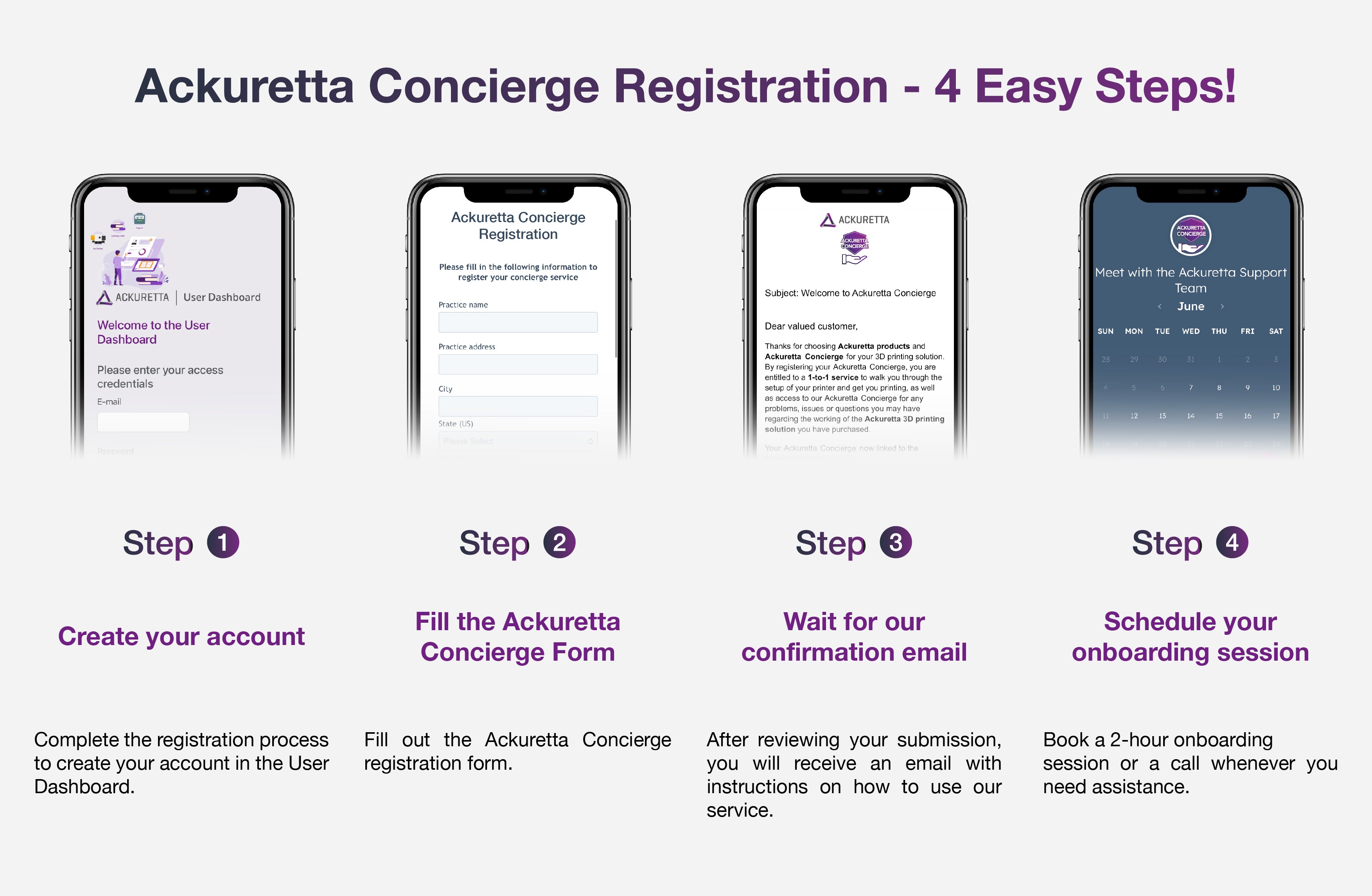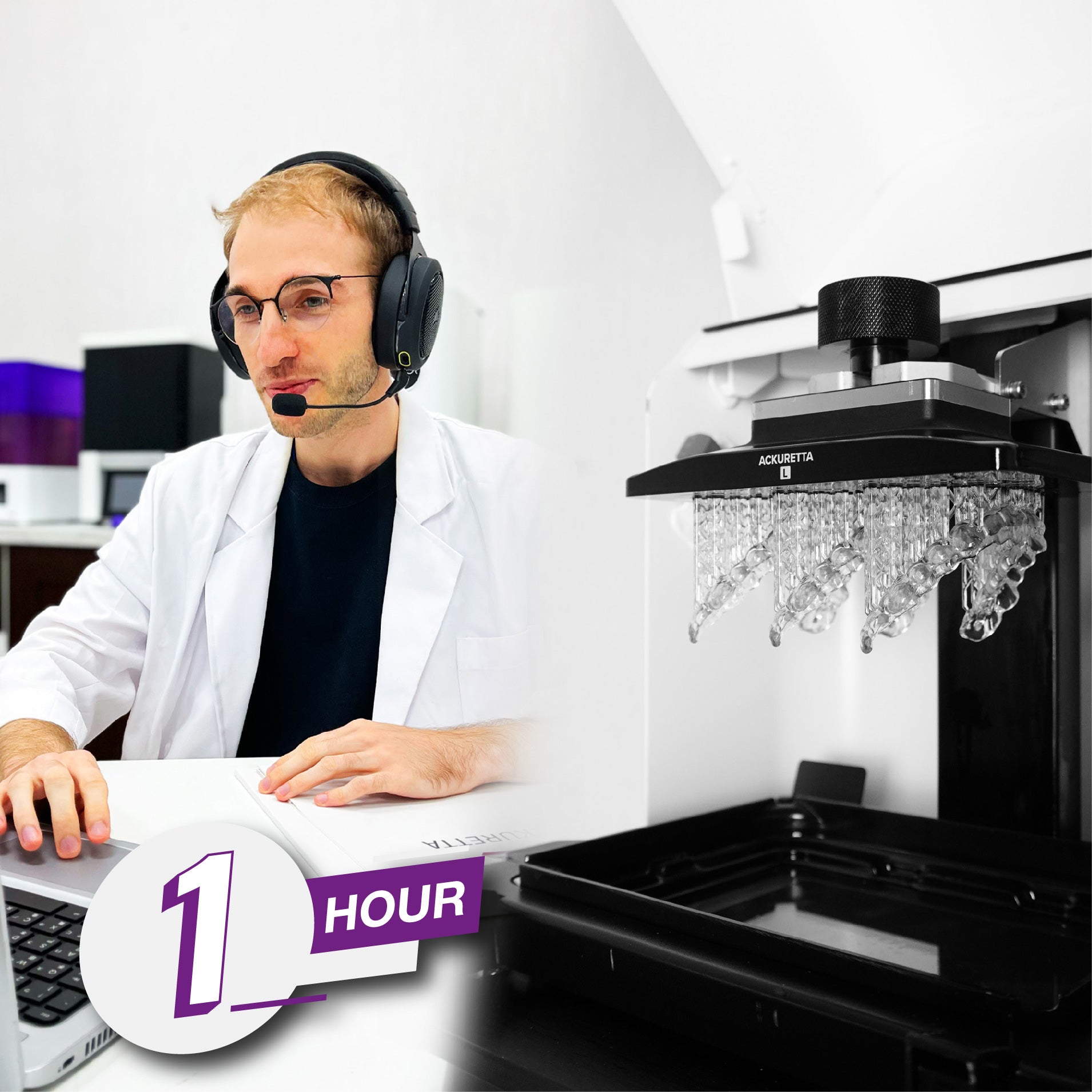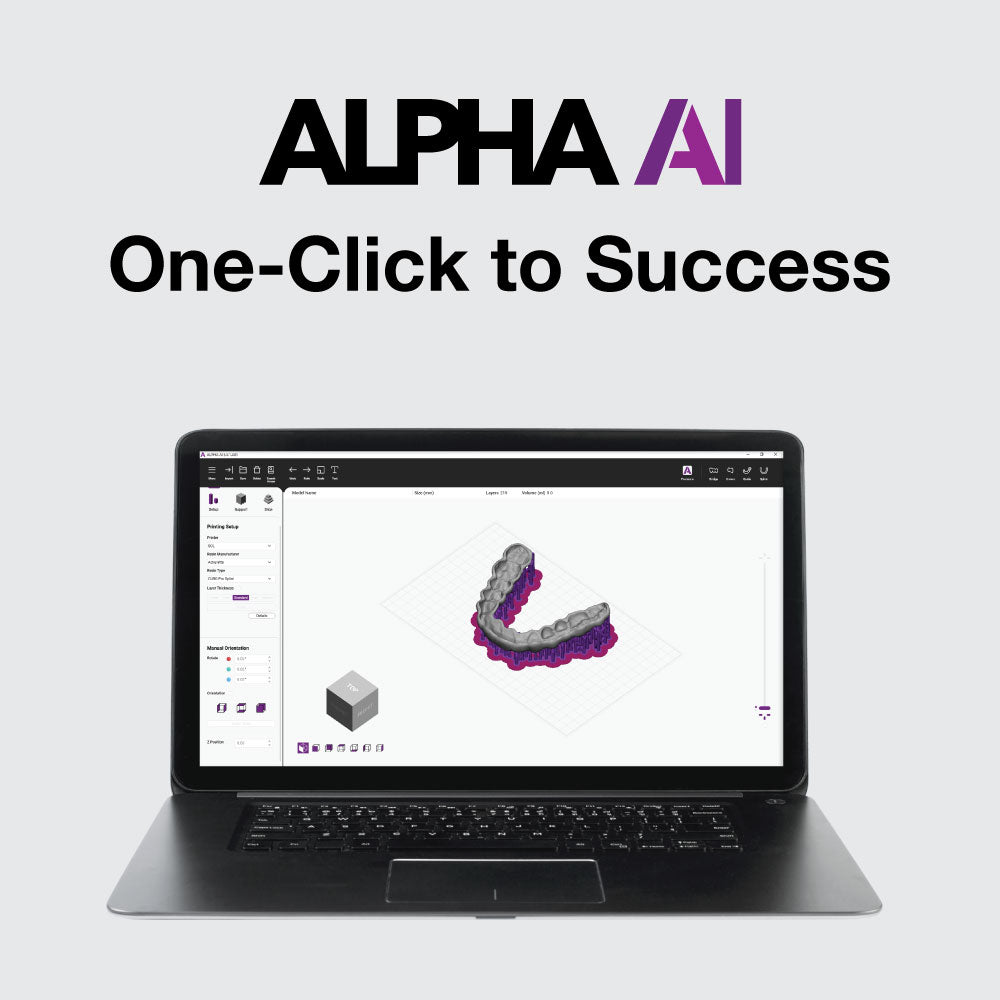
Sol by Ackuretta
We are exclusively sharing the tech secrets behind the high-precision, high-accuracy, yet affordable 3D printer.
SOL - Monochrome LCD 3D Printer
In our advertising we consistently claim that SOL can provide both accurate & fast outcomes with every 3D print. But the question you might ask: "Is this just an empty sales promise?" No, it isn't.
SOL is the product of years of dedicated research, finetuning the machine to serve the needs of dental professionals. To achieve this goal, our engineers have worked tirelessly and incorporated unique technology in this printer enhancing accuracy, speed, consistency, the lifespan of the 3D printer itself and simplified all maintenance procedures.
As you can already tell, there is a lot to learn about SOL.
In this part 1 of SOL articles, we will cover the topic of print screens, or rather LCD screens, which all LCD 3D printers require. In fact, the best dental 3D printers are monochrome LCD 3D printers. The technology has truly been a gamechanger in regards to fast & accurate 3D printing.
But unless you are familiar with the technology, you might not know why it has such a drastic impact. We're here to show you.
Monochrome Vs. RGB LCD Screens
Let's start with the basics, what's a LCD screen?
LCD stands for Liquid Crystal Display - you will be familiar with this technology, as you are reading this article either through a mobile device or a computer screen. That bright thing in front of you is the LCD screen.
A LCD screen is a necessary component of LCD 3D printers as well. The LCD screen controls which area of the vat is exposed to UV light. Without a LCD screen filtering the light, the entire vat would be exposed and you’d have one big fat layer of cured resin stuck at the bottom.
And there’s more: As we’ve discussed in a previous article on XY resolution, each LCD screen comes with a certain number of pixels. The smaller the pixel size, the higher the resolution. And high resolution usually leads to fine and smooth prints (however, materials and user set parameters can have a big impact on the quality of the 3D print).

Why’s that?
Think about art class in school. You get three pencils, their point sizes are different: one is very thick, one is medium and the other one is super fine. Which one will you choose to paint very intricate images? And which one to cover a big area quickly?
The finer the point size, the smoother and clearer the features will appear.
Back to LCD screens...
A LCD screen allows the light to pass through and that's how only specific areas get cured. How do we measure if a LCD screens does this efficiently or not?
With its Light Transmittance Rate - what's that?
While the word transmission refers to the amount of light passing through a material and is expressed in a percentage, the transmittance rate describes the light dispersed by a LCD screen, which will be displayed as an inverse value of transmission. The higher the transmittance rate, the better. It means that the LCD screen is able to more efficiently disperse light.
RGB vs. Monochrome Tech
Why? Look at the picture below. It shows a RGB and a monochrome LCD screen. The RGB screens contain color filters (remember, RGB is just an abbreviation for Red, Green and Blue). The color filters are necessary for color TV, phone and computer screens, but in 3D printing you don’t need color. These extra filters lead to a reduced transmittance rate, which means that the curing time and the entire printing process needs to be longer.
Additionally, RGB screens are not suited for exposure to intense UV light exposure. The strength of the UV light damages the screen and leads to a short lifespan and frequent rebuys of LCD screens (maybe great for manufacturers, but not ideal for dental professionals).

How Does Monochrome Tech Improve 3D Printing?
A monochrome LCD screen lacks those color filters. That in turn means transmittance rate is significantly higher and the curing time is shortened. A shorter curing time also results in a higher printing speed but won’t compromise the accuracy or precision of a 3D print - that’s where we’re hitting the sweet spot in dentistry. With a fast and accurate 3D printer you will be able to provide your patients with a perfect smile within a few hours.
Here’s a comparison between the printing speed of a RGB LCD 3D printer and SOL, a monochrome LCD printer manufactured by Ackuretta. While the printing speed isn’t solely dependent on the 3D printer, it is clear that SOL produces reliable results under the same conditions, but almost three times faster.
Monochrome LCD screens and Dentistry?
Monochrome LCD printers are taking there place among the best 3D printers out there as they produce reliable, beautiful results for almost any dental application - models, splints, guides, and even crowns & bridges. Now it's just a question of picking premium materials, such as Ackuretta's CURO range and establishing a validated printing workflow by incorporating a flawless post-processing procedure.
Increased Printing Speed & Accuracy
As we’ve just learnt, 3D printing with a monochrome LCD 3D printer will be almost three times faster than with a regular RGB 3D printer. At the same time, there is no need to compromise on accuracy or reliability. On the contrary actually.
Extended Lifespan
Many manufacturers make it their business model to sell consumables for their printers, which logically means the faster the component breaks, the sooner and more often the customer will buy a new part.
However, at Ackuretta we are aware that dental professionals are short on time and don’t want to waste money. Thus, we only incorporate high quality components from the start. The monochrome LCD screen is one of them, due to reduced exposure and highly efficient transmittance rate, the LCD screen’s lifespan is easily triple that of a RGB screen. We estimate that SOL’s LCD screen will withstand up to 10,000 printing hours and so far, we haven’t had to replace a single one.































































 Loading ...
Loading ...







